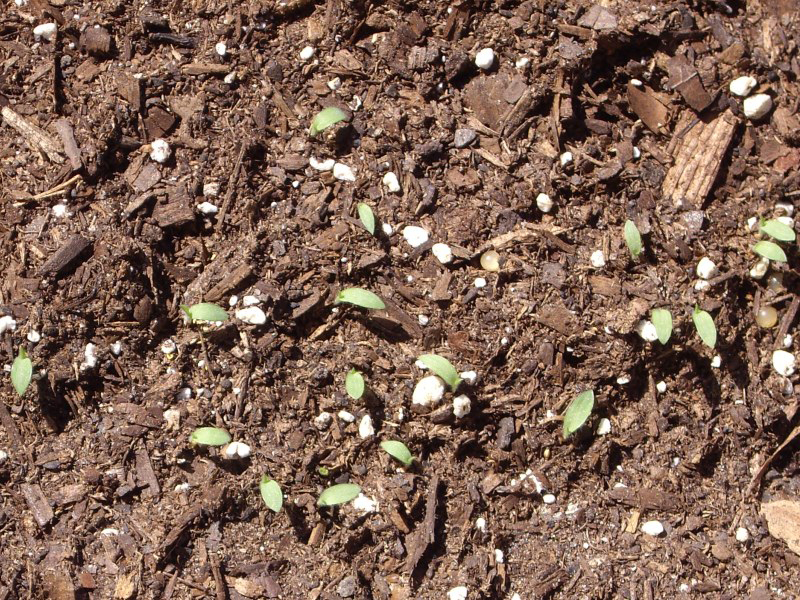
Health benefits of Fonio HB times
Fonio is a member of the millet family and is related to other grains important in African agriculture, including pearl millet and sorghum. Technically, fonio is a very tiny pseudocereal, like quinoa and buckwheat — which basically means it's a seed that's eaten like a grain.
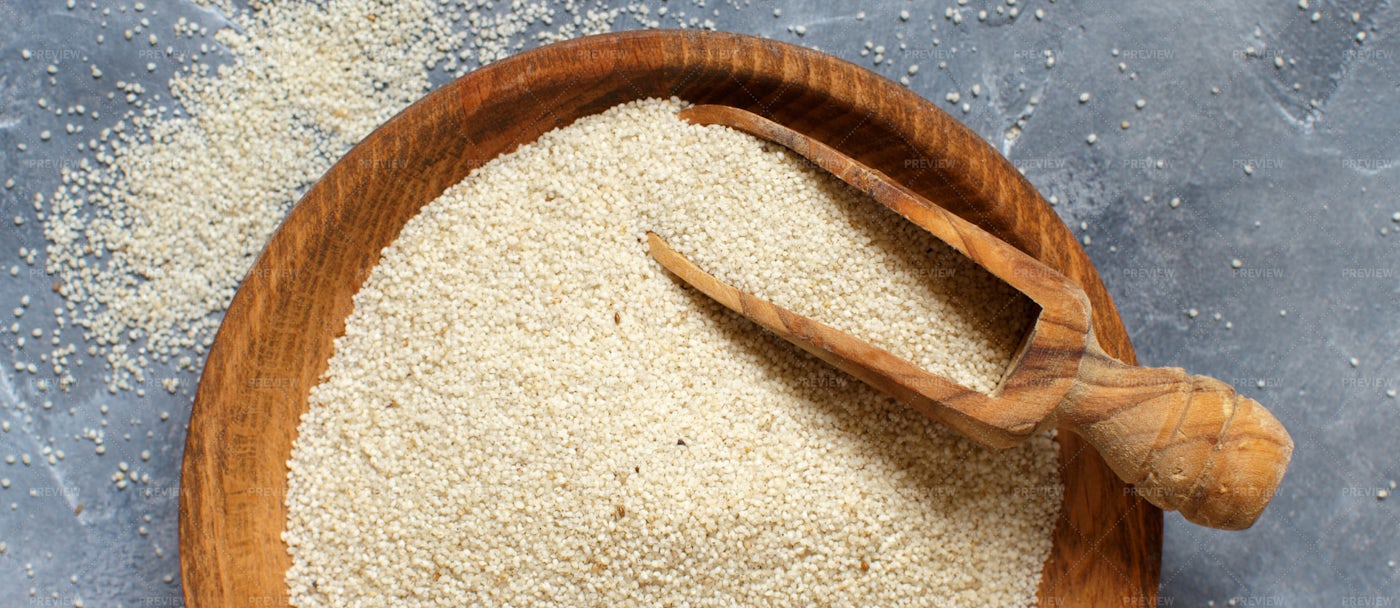
Raw Fonio Seeds Stock Photos Motion Array
Although easy to grow, fonio's small seed size and inedible hull make it very difficult to turn it into food. Fonio is a nutritional powerhouse with three times the protein, fiber, and iron as brown rice. We look at opportunity in two ways: impact and business. The impact opportunity is to change the economic and physical landscape of.
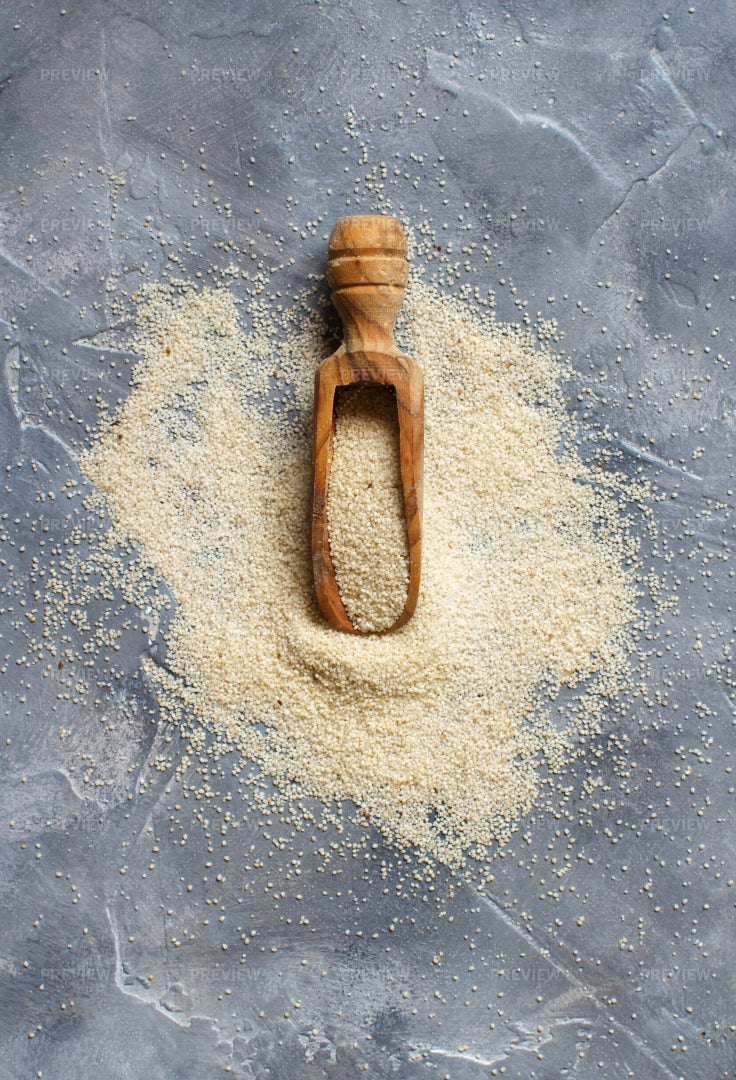
Scoop Of Fonio Seeds Stock Photos Motion Array
Fonio is an African heritage grain — or ancient grain — that's considered the continent's oldest cultivated cereal ( 1 ). Native to West Africa, it's a staple most commonly enjoyed in.
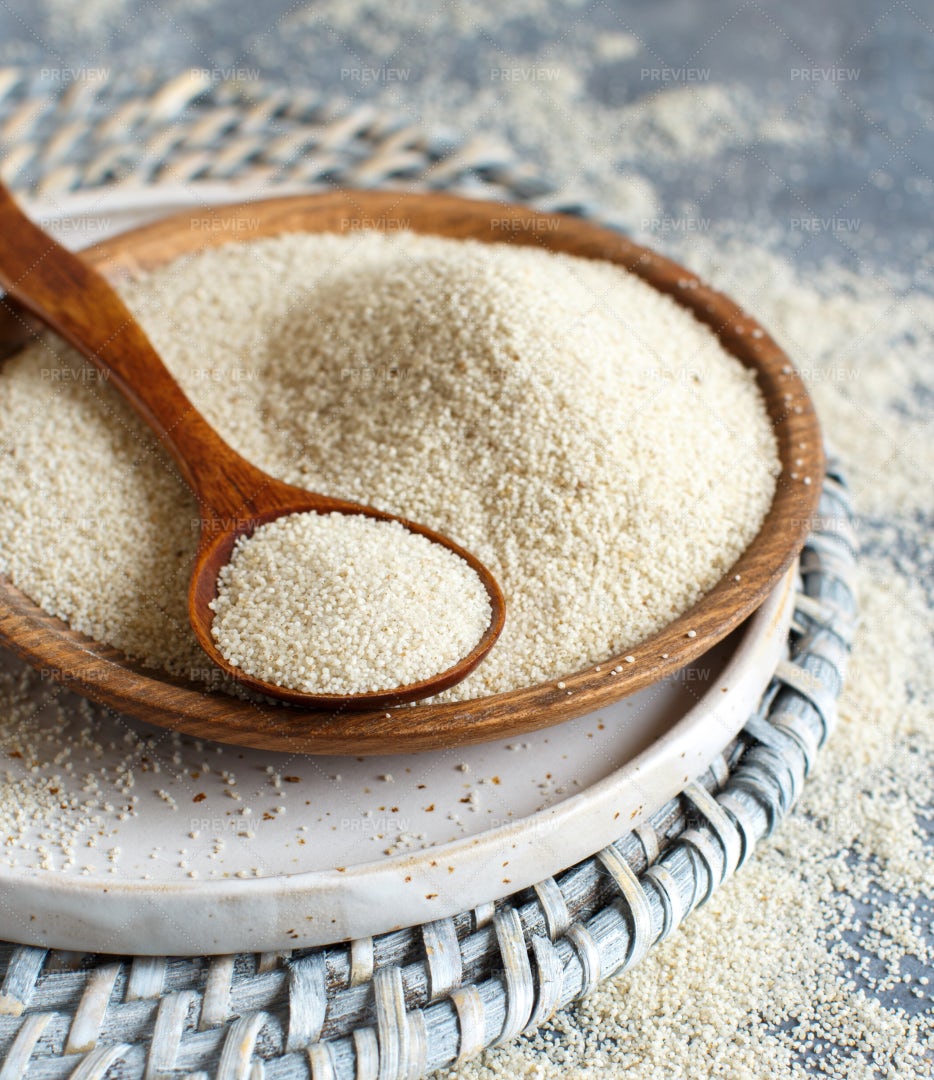
Fonio Seeds On Plate Stock Photos Motion Array
The seeds are then lightly dug into the soil or covered using a hoe and allowed to germinate. General care and maintenance Fonio requires little maintenance after planting and is highly adapted to drought conditions. Harvesting Fonio is harvested using traditional methods, The plants are cut using a knife or sickle and gathered into sheaths for.

Organic Fonio Grain Akeem Pierre
Fonio seeds are also known as "acha," "fundi," and "hungry rice." Fonio is a whole grain, meaning it has the bran attached, making it high in fiber. There is both white fonio and black fonio. White fonio is the most commonly grown. Digitaria exilis is the plant's scientific moniker, and it is an annual millet grown for its seed.
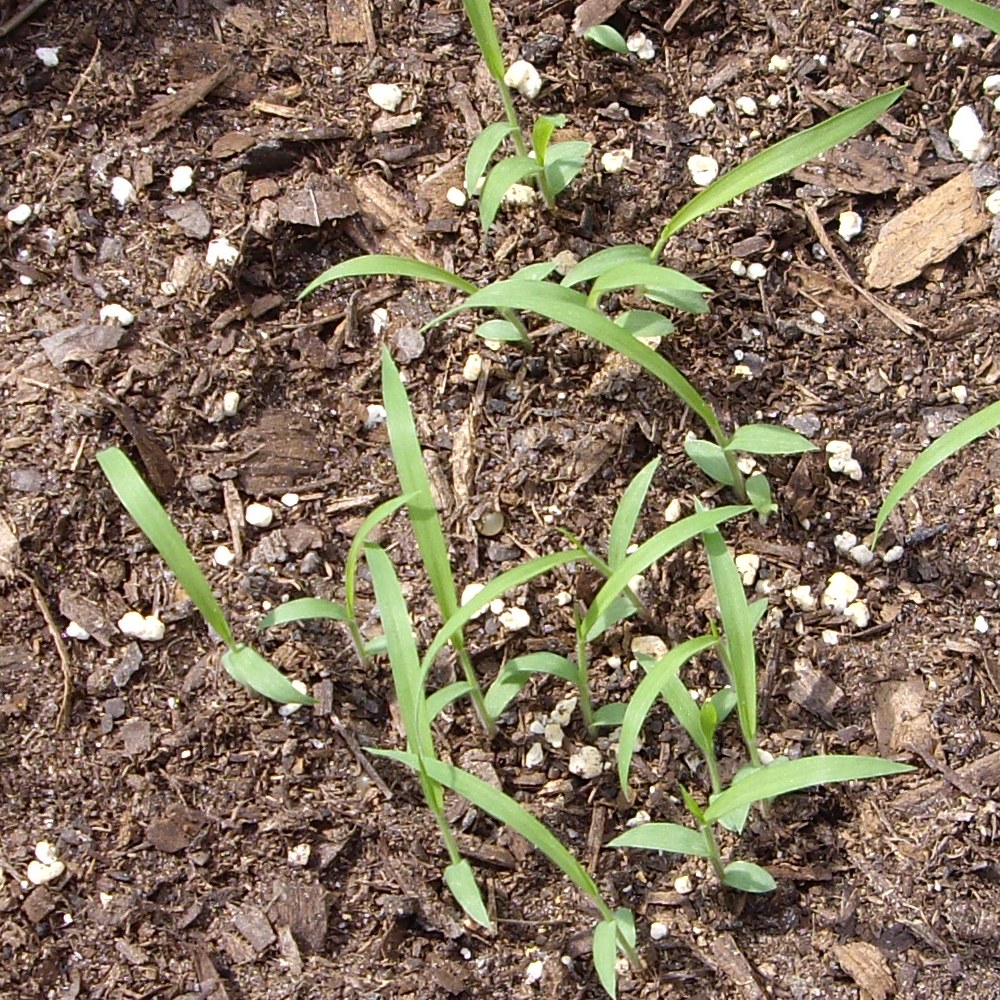
Growing grains with small seeds photos and considerations
Fonio or acha (as it's known in Nigeria) is a type of millet that has been grown and harvested in Africa for more than 4,000 years. Each seed is about the size of a grain of sand. Fonio's miniscule size made it laborious to harvest and hull until mechanization processes were developed in the early 21st century.

A Bowl of Raw Fonio Seeds with a Spoon Stock Image Image of dietary
Fonio field in Guinea (© J-F Cruz, Cirad) Sowing and upkeep . Even now, fonio is primarily planted and maintained by hand. With the first rains, the seeds are broadcast-sown on superficially loosened soil, at a rate of 10 to 30 kg of seed/ha. Some farmers sow more densely (> 50 kg/ha), to reduce competition from weeds at the time of emergence.
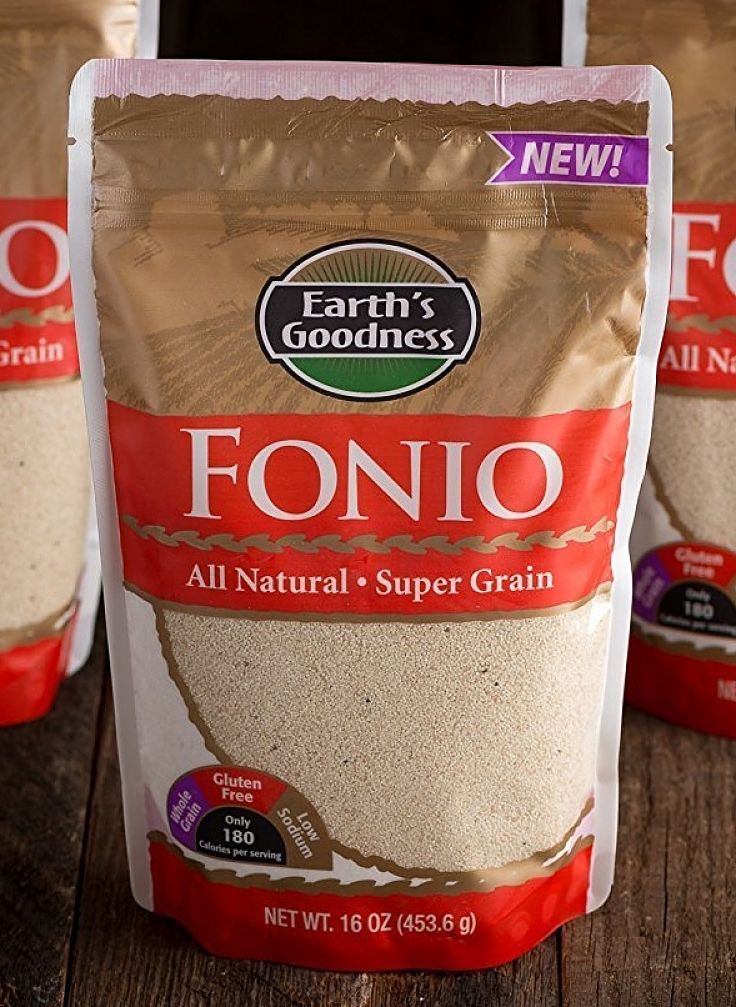
Fonio West African Grain Could Beat Quinoa as Trendy Super Food
Health Benefits. Fonio is low on the glycemic index meaning it won't cause large increases in blood sugar levels and it's high in methionine and cysteine, amino acids essential for human growth that are missing in most other grains including corn, wheat, and rice. It's also low in fat, a good source of B vitamins, including thiamine, riboflavin.
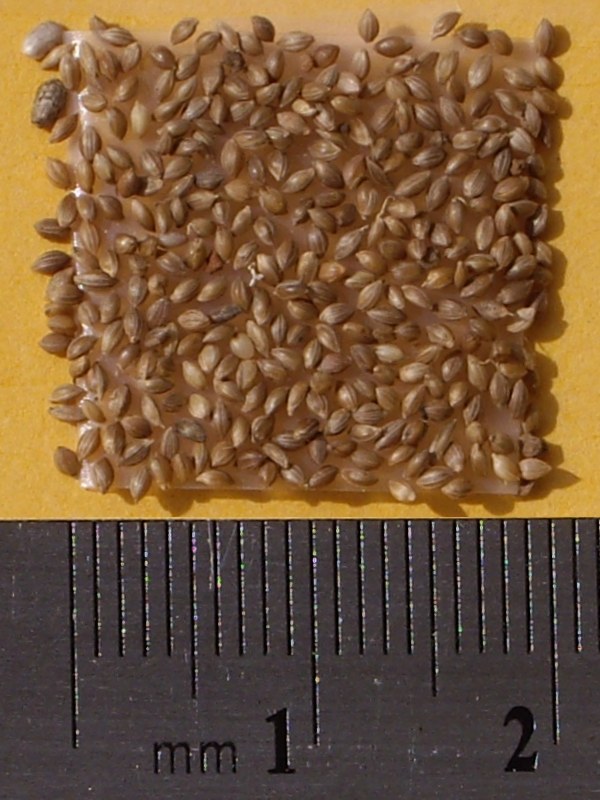
Growing grains with small seeds photos and considerations
Combine the water and salt in a saucepan and bring to a boil. Add the fonio and stir once. Reduce the heat to a simmer and cover tightly. Cook for about 5 minutes, until the water is absorbed. Turn off the heat and keep the pot covered for another 2 minutes. Fluff with a fork. Mix in the oil (if using), and serve.

You may not have heard of fonio, but it is Africa’s oldest cereal. For
Botanically, fonio is a type of small-grained millet . The appearance of fonio looks somewhat like couscous; as in the above image, a bowl contains thousands of tiny white seeds. It has an earthy and light nutty taste and a texture similar to couscous when cooked. Fonio has seen rapid increases in popularity over the past decade.
.jpg)
Fonio (Digitaria exilis) grain Feedipedia
Farmers plough the fields and prepare the soil for sowing fonio seeds, which can be grown in rough, dry soil. The benefits of fonio are so marked that academics and policymakers are now calling.

Raw Fonio Seeds in a Bowl with a Spoon Stock Photo Image of dietary
Africa's oldest cultivated grain, grown for more than 5,000 years, fonio has worn many hats. It's been deemed the "seed of the universe," bestowed as a sign of honor for guests, called.

Raw Uncooked Fonio Seeds with a Spoon on Grey Background Stock Photo
Fonio is a tiny, gluten-free, ancient grain native to West Africa with economic, environmental, and nutritional benefits.. Because the tiny seeds lodge in the ground, a lot of sand needs to be washed out. Fonio has a hull (the outer layer of the grain) that must be removed before eating, which traditionally has been done manually with a.
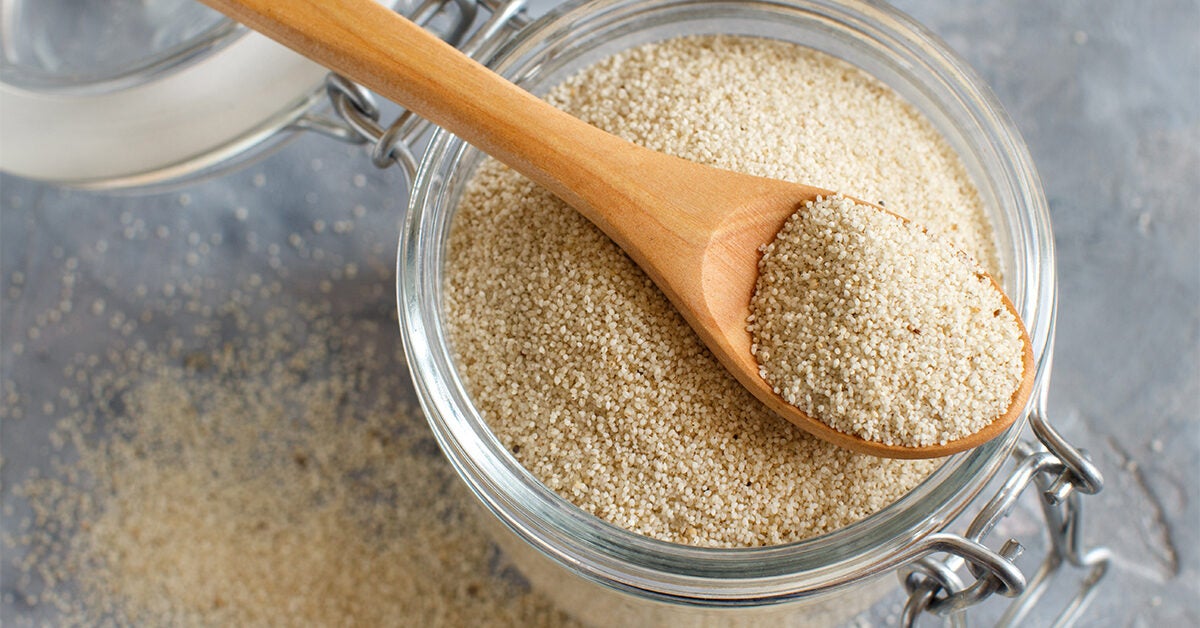
Fonio An Ancient Grain That's Packed with Nutrients
Fonio nutrition facts. This tiny seed packs a rich nutrient punch with plenty of fiber, vitamins, minerals, and two important amino acids. "Fonio is also a source of B vitamins, zinc, and magnesium," says Danielle Gaffen, a registered dietitian nutritionist in San Diego.
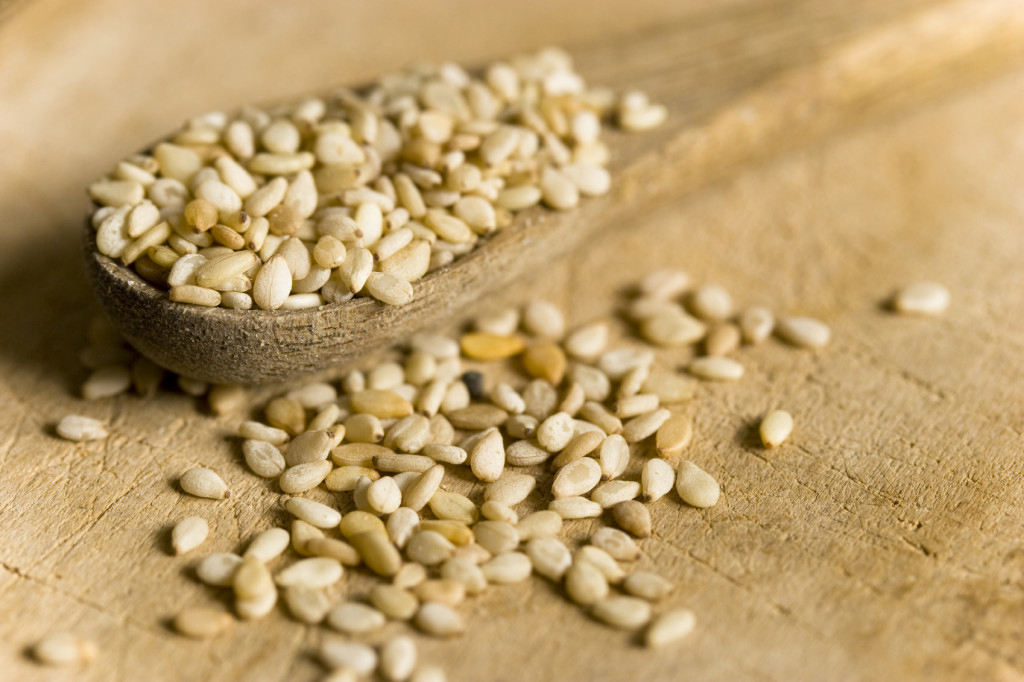
Health benefits of Fonio HB times
Learn about how fonio, an ancient grain native to West Africa, can give your diet variety and a boost of whole-grain nutrition.. but rural groups often free the fonio seeds from the plant by.
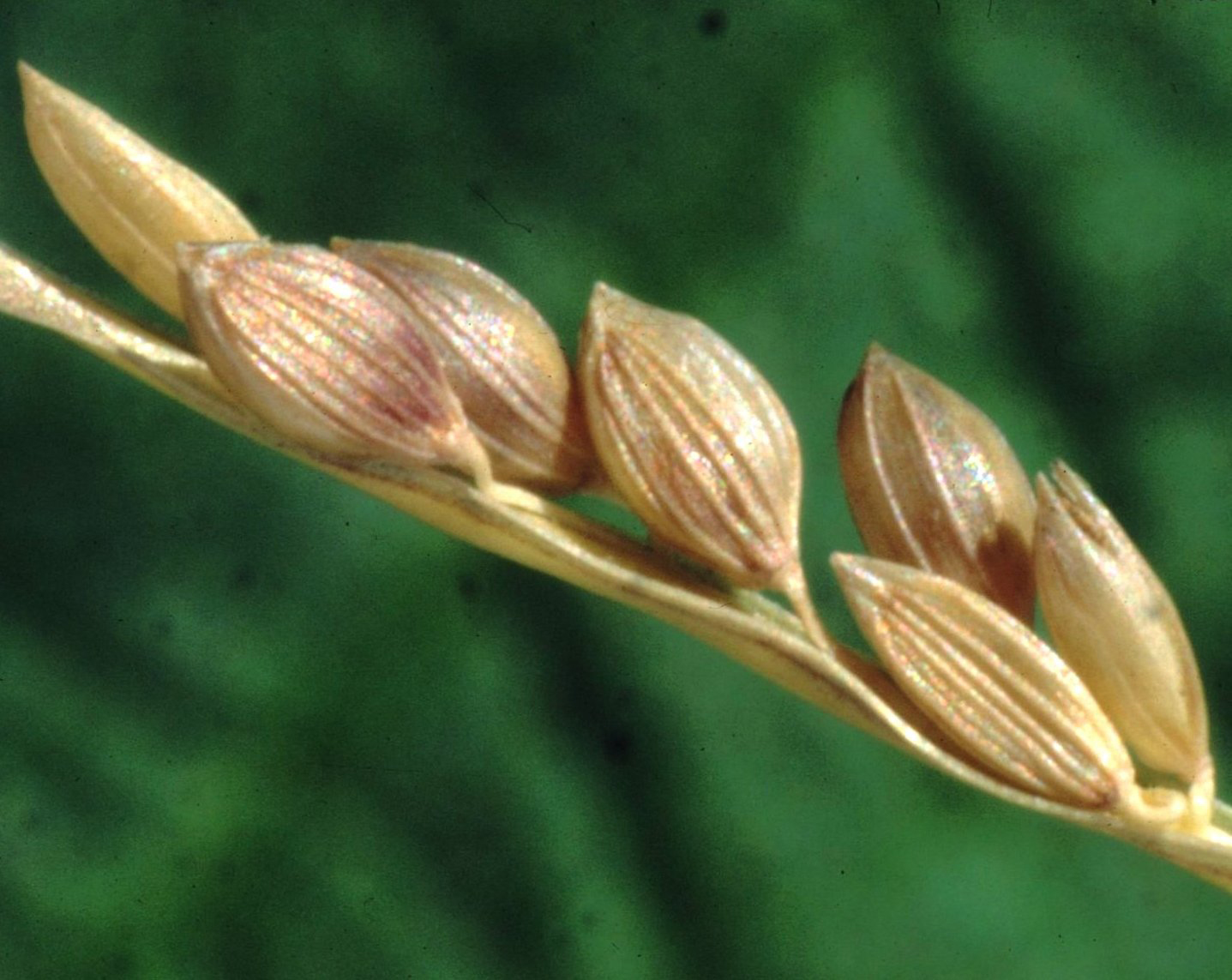
Health benefits of Fonio HB times
Fonio accessions have diverse seed endophytic microbiomes. The fonio genetic population structure was previously defined by six distinct and one admixed genetic group [].Fonio accessions were grown for one generation in the greenhouse and in the same soil to minimize any experimental bias (Fig. 1A). For a pilot study, we randomly selected three accessions from the six genetic and one admixed.